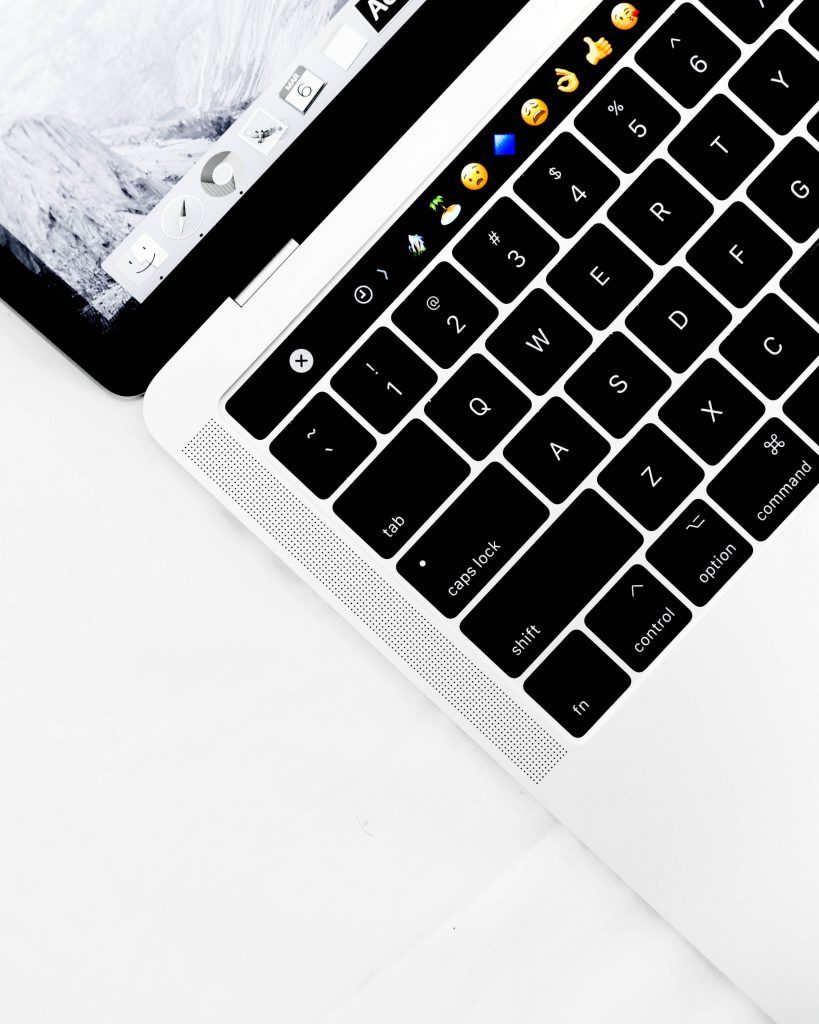As we enter the new year, what new office norms will develop with the growth of remote work and the hybrid workplace? How will long-standing office protocol and etiquette shift to accommodate the new work environment?
With COVID-19 vaccines being rolled out across the world and a renewed hope for a sense of normalcy, there is a good chance that 2021 will see an uptick in workers heading back to the office. Despite this, the shape of the workplace is likely to continue to be very fluid, with increased remote work and flexible workplace plans to accommodate the hybrid workplace model that many organizations adopted over the course of the last year.
While most workers are well-versed in proper office etiquette… firm handshakes, attentive eye contact in meetings, and appropriate office dress (though this has become somewhat relaxed in recent years), how has typical office etiquette changed over the past year with the burgeoning hybrid workplace? What new office norms have developed during the pandemic or will develop as we see a continued increase in flexible workplace arrangements where on any given day employees may choose to come into the office or work from home or another remote location?
As we return to the office, respect for personal health and choice will be a central theme to our interactions, both online and remote.
Here are some thoughts on new office etiquette, protocol, and norms for the hybrid workplace.
Office Etiquette for the Hybrid Workplace

What of the Handshake?
So, it’s your first day back in the actual office since March and … hey, there’s a new guy! Better introduce yourself! You walk toward him, naturally hit that invisible ~6 foot/1-2 meter barrier that we’ve all grown accustomed to, and suddenly the handshake seems infeasible. Physical contact in general may be completely out. How will the U.S. and other countries where the handshake has been a staple of the introductory greeting adapt this time-honored formality?
Luckily, this is an area where there are plenty of options to choose from. Some of our favorites:
No Contact
- A low raised hand … like a handwave, but less vigorous. Little or no actual waving. Don’t get carried away here, you’re right next to the person.
- A slight bow or a nod … this has been working for Japan for centuries!
- The air high-five… because we can all use high-fives! The air high-five is also great because you avoid the possibility of an awkward miss. Reserve for more informal greetings.
Some Contact
- The elbow bump … without an impressive wingspan, this will involve a bit less social distancing, but offers a more hygienic alternative to the handshake.
No matter what greeting alternative you choose, don’t forget your smise. Yes, you may have a giant cordial grin on your face, but since it’s likely hidden underneath a mask, you will need to perfect the art of the “smise” – smiling with your eyes. My smise is just okay. Report back with any tips.

Impromptu Water Cooler Banter
Some of the missed social interaction that has made us pine for the office has been the simple casual conversations we used to have in the hallways, grabbing coffee, or waiting for our lunch to heat in the microwave. While this will naturally return when we see each other in the office, albeit with a bit more space between workers, more and more online tools have cropped up to imitate the chance encounters of casual water cooler banter and coffee breaks for those who are outside the office.
At Mersive, many employees use the Donut app for Slack to have a video call – or ‘donut’ – with a different person from the office each week or biweekly. Many of these randomly selected pairings are with people that we may not have had the chance to speak with even pre-pandemic, when we had a fully in-office work culture, making them a unique addition to casual office communication.
These tools allow remote workers to maintain an element of the office environment with casual, random conversations, while also supporting their personal choice to work from home. Look for more tools to replicate daily office interactions.

Dispersed Meeting Etiquette
While many of us will return to the office at least part-time for the collaborative aspect, there may still be times that we need to abide by office policies and meeting room occupancy restrictions to better ensure the safety of all employees. Being a good corporate citizen may now entail NOT attending a meeting in person, even if you’re in the office that day.
Giving everyone ample space may mean that meeting-goers need to spread out into several spaces within the office. If a meeting space can now only comfortably accommodate five socially-distanced employees and you are the sixth person to arrive, this may mean finding an overflow space or joining the meeting from a separate huddle space, office phone booth or meeting pod, or connecting to the meeting from your desk.
New office meeting etiquette might include things like asking for people’s preferences on space before booking a room, holding smaller meetings in more open, well-ventilated spaces, arranging overflow spaces for large meetings, and arranging a video conference option in case any participants decide to dial in from a remote location or separate space. It will become increasingly important for every space to be outfitted for video conferencing to accommodate the increase in remote workers.
Some companies are taking this concept a step further. A recent New York Times article highlighted how several companies with downtown headquarters in large cities are experimenting with smaller satellite offices to accommodate workforces that are increasingly moving away from larger cities. This is only one of many real estate and building design trends that we will see as the hybrid workplace develops to accommodate both business needs and desires of their workforce.
Video Conferencing
For those that decide to work remotely, there is a wealth of information and opinion on appropriate video conferencing etiquette, from the very-approved use of the mute button to other tools for avoiding interruptions such as the hand raise button or chat features.
However, perhaps most important are not tips around video conferencing protocol, but rather where we have relaxed etiquette. While at first it was novel to see someone’s cat sneak into the corner of the screen, we no longer bat an eyelash or give a second thought to waving at someone’s kids, hearing a dog bark, or seeing others walk by in the background of our coworkers’ screens.
Generally speaking, through video conferences we have invited our coworkers into our homes and there is some expectation and leniency that it will, indeed, be a home. And while most of us will make arrangements (and use the mute button) to avoid too many distractions during meetings, a certain level of personal life has become acceptable and can even add some flair to the meeting at hand.

Remote Communication: Embrace the Emoji 😊
Video conferencing is not our only remote communication, of course, as remote collaboration has likely increased the number of emails, Slacks, and other messages that we are sending. Because we may not be seeing each other in person every day, it is even more important to ensure we are sending the right message in our written communications. What can replace our gestures, facial expressions, and tone?
It has been said that punctuation is the body language of text. Using emojis in communications can also go a long way in showing intended tone where it might otherwise be misinterpreted. While we don’t want to get carried away with unicorns and rainbows, showing occasional smileys, a thumbs up, or even the dreaded eye roll can make a difference in helping the reader understand your sentiment. As with any office communication, be sure to keep your emoji use office appropriate and respectful!
Everyone is a Janitor
Finally, our return to the office will require a bit of community stewardship to see us through, and we all will need to become janitors to some degree. While touchless technologies will help to decrease the spread of germs, greater diligence in sanitizing both personal and shared spaces will help to support overall office health.
Keeping clear desks with less clutter will reduce touch points while also making them easier to clean. Shared spaces will likely need more attention than they have in the past and janitorial staff may not be able to clean every space between use. This means employees will need to help out, wiping down shared spaces such as meeting rooms after use to ensure that the space is clean for the next group.
Resources to Help You Return to the Office in 2021
What other protocols or etiquette do you think will be developed or adapted as offices embrace increased remote work and hybrid workplace? Is your office planning their return to work or hybrid workplace strategies? Check out our resources below.
- 3 Ways to Prepare Your Conference Rooms for a Safe Return to Work
- Touchless Room Solutions that Support User Health & Choice
- More engaging video conferencing through Microsoft Teams and Zoom
